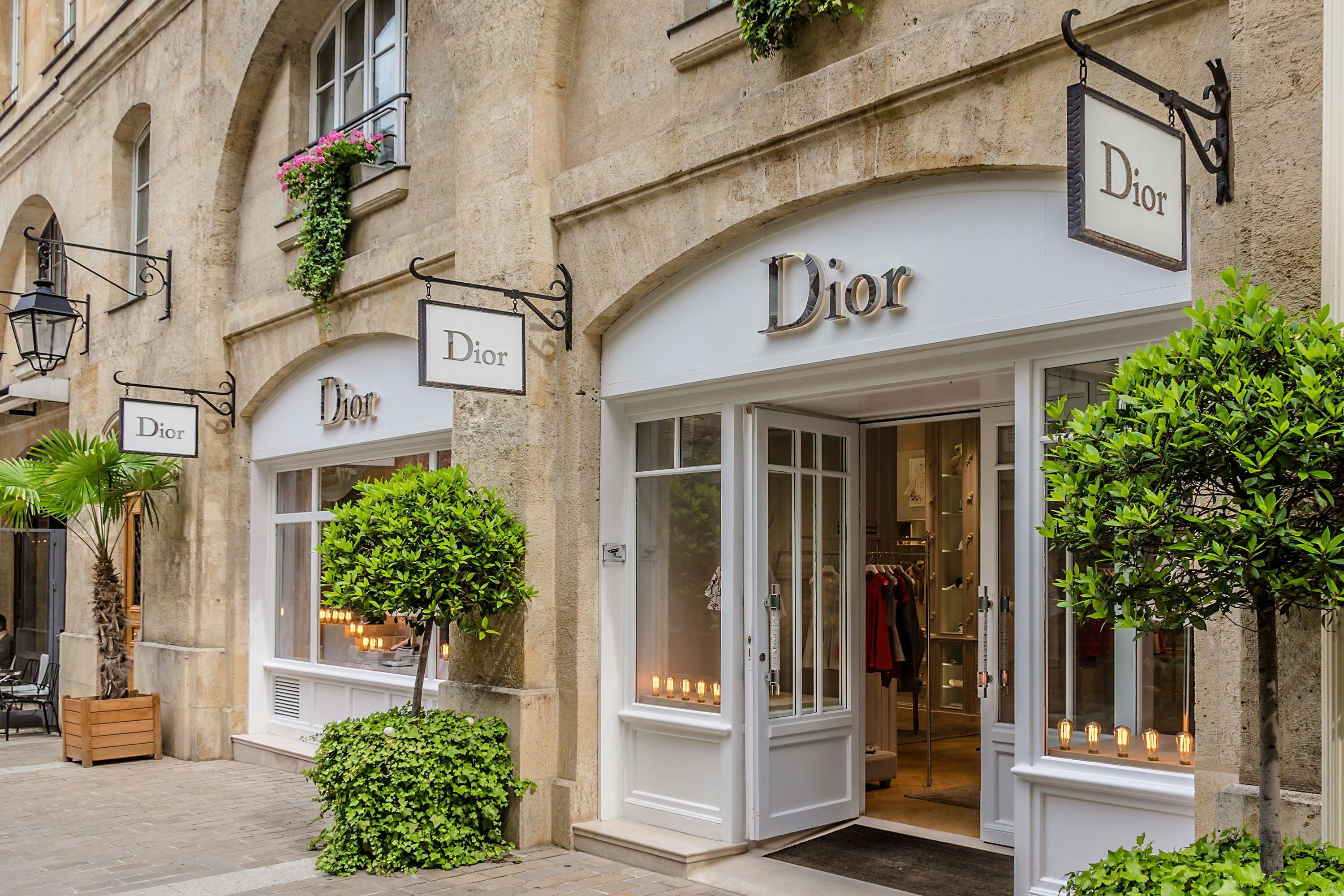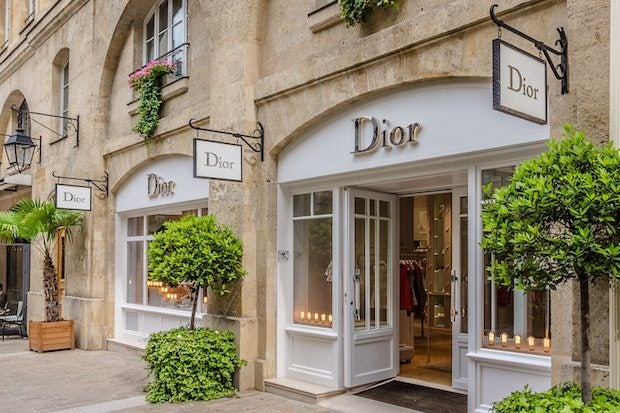
Last month, we saw global Chinese tax-free shopping in negative growth (-18.5 percent year-on-year) for the second consecutive month. The drop comes after a sterling year in 2015, when overall Chinese spend was up 58 percent.
There are a number of triggers that may be impacting Chinese spending and travel, including the new Schengen biometric visa requirements, confusion around new customs policies, and a tough comparison after early 2015’s meteoric sales increase—in March 2015 we saw an annual high of +122 percent.
Understandably, the slow start to 2016 has caused concern within the global luxury industry. However, despite the recent instability, the Chinese global shopper remains a highly valuable one, making up for around a third of global tax-free shopping spend.
And things may improve—according to research recently commissioned by Global Blue among “regular Chinese travelers,” this group still plans to spend; 81 percent of those planning to travel in 2016 will shop, allowing an average budget of around 2,300EUR (16,702CNY).
With the challenging context and a competitive landscape, it’s more important than ever that retailers know how to attract and cater to the global Chinese shopper:
Engage in advance#
Our research shows that the average global Chinese shopper plans their trip almost three (2.7) months in advance and will research their shopping trips heavily, with 43 percent turning to travel, shopping, and fashion websites and 38 percent using brand channels on social media. With this in mind, retailers looking to attract Chinese shoppers during October’s Golden Week, for example, should plan to connect with this audience online from early July onwards.
Adapt to cultural nuances, but remain authentic#
Cultural compatibility is key as Mandarin-speaking shop staff (39 percent), the ability to pay in home currency (46 percent), and gifts for valued customers (20 percent) all rate highly in the services most expected by traveling Chinese shoppers.
However, it is important to remember that Chinese shoppers also want the authentic experience—24 percent will choose a shopping destination based on it being the home of international brands. Therefore, while appreciated, it is important to remain subtle in any Chinese cultural recognition such as store decoration or exclusive product offers during major holidays.
Convenience is key#
Traveling Chinese shoppers are often restricted on time, especially those who are part of a tour group, so anything to make the process smoother—for example, easy payment methods—will be valued (55 percent expect to be able to pay with China UnionPay).
They are also often tasked with hunting down a list of gifts for family and friends when they travel abroad, so in-store WiFi is another valuable service for shoppers (26 percent), especially as it allows them to send images of the goods to recipients back home for on-the-spot approval. The value of an in-store concierge should not be underestimated either.
Offer value for money#
Value for money is also a top priority for the Chinese globe shopper; when choosing their shopping destination, a third (31 percent) place high importance on being able to buy products at a better price than they can in China. However, retailers need to make the distinction between “cheap” and “good value” when talking to customers as Chinese shoppers want to know they are buying quality. Another way to create value for international Chinese shoppers without lowering prices is to offer tax-free shopping, an important factor for 65 percent of those surveyed.
While the visibility around future Chinese spend in the global luxury market remains low, we hope to see an improvement towards the end of the year, particularly as new Schengen Visa offices open in mainland China and there is more clarity around new customs policies. It’s therefore important that recent unpredictability does not deter retailers and they continue to make the most of the opportunity this lucrative market represents.
*Research was conducted by Opinium Research to a sample of 5,005 Chinese travelers between January and February 2016. Regular Chinese travelers are defined as survey respondents who have been on an international holiday in the last two years or plan to go on one in 2016. For more information, click here.
Tomas Mostany is the Product Tax Free Shopping Senior Vice President at Global Blue.
